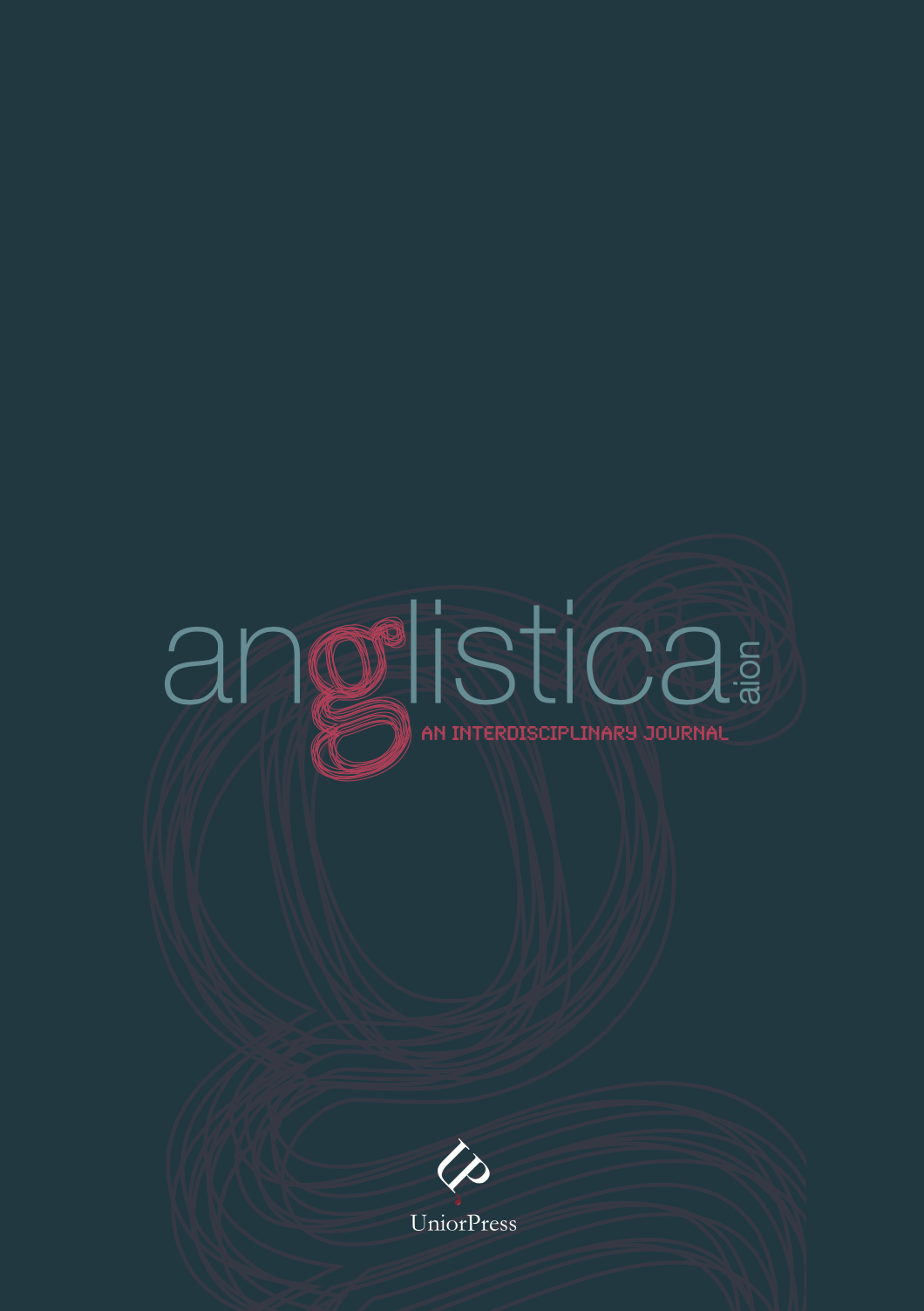Creative Indigenous Self-Representation in Humorous Australian Popular Culture as a Vital Communication Channel for Refiguring Public Opinion
Abstract
Many excellent novels and films have brought much-needed public attention to Indigenous social justice in Australia. Yet unhelpful representations in the mass media, as well as controversial policies affecting Indigenous Australians, have often had more negative than positive consequences for Indigenous rights and life quality over the past few decades. This article highlights the vital importance of popular culture in Australia for providing a channel through which postcolonial social justice issues such as poverty and racism can be explored in ways that creatively mobilise intensely human experiences such as laughter, understanding and surprise in order to destabilise old prejudices and construct new relationships between the settler culture and Indigenous Australians. We use examples from popular culture created by Indigenous Australians, such as the Chooky Dancers’ popular YouTube video Zorba the Greek Yolngu Style and the internationally-selling mockumentary Bush Mechanics, in order to argue that such texts appropriate the space of popular media in order to reconfigure the perspectives through which Indigenous people are represented in the popular mind. More specifically, we focus on the creative use of humour and its various functions in present-day Australia, as well as the notions of Australian humour and Indigenous humour themselves, in order to consider how laughter provides unique openings in popular culture for bringing about positive social change. Creative cultural production that moves in the spheres of self-representation in popular Australian culture can have even more power than government policies for the way in which it makes use of popular channels of communication, empathetic human emotions, and elements such as humour that specialise in reconfiguring perspectives and difference to build new relationships in the public eye and present new solutions to social justice issues.


